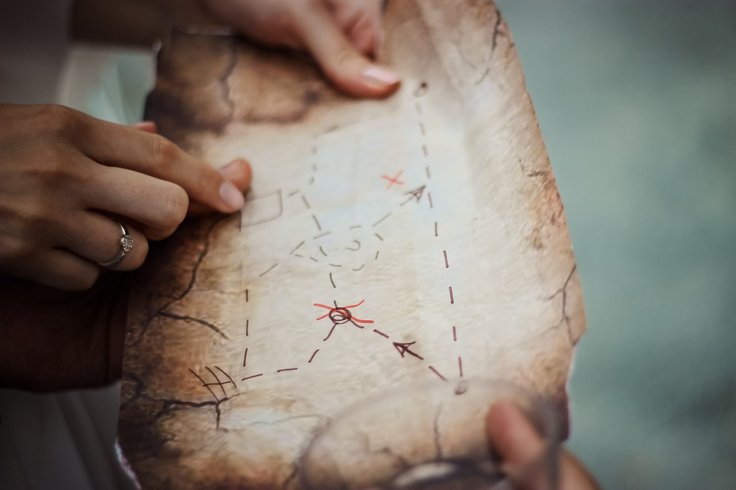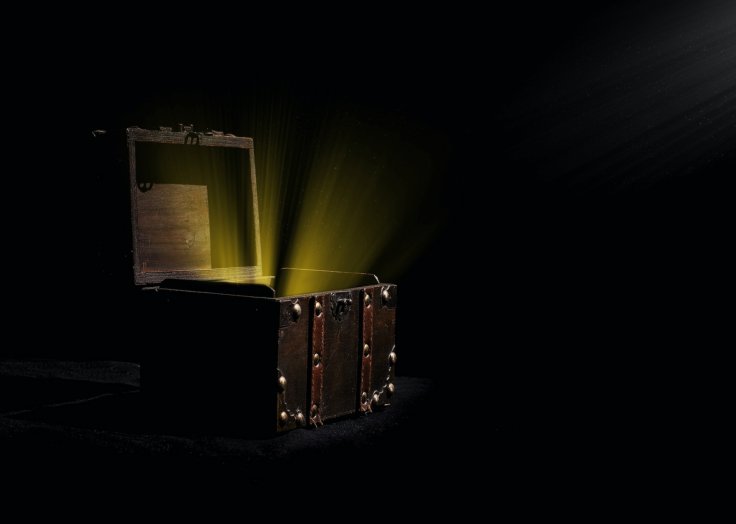Armed with shovels and metal detectors treasure hunters in the Netherlands are wandering through the fields surrounding rural Ommeren region after an old map was made public by the Dutch National Archive.
The map is the key to the location where Nazi soldiers are believed to have hidden four large boxes full of diamonds, rubies, gold, silver and all sorts of jewellery in 1944.
The gems and precious metals are said to have been looted from a bank.

Declassified Documents
According to the Dutch National Archive, the map was obtained from a German soldier shortly after the war. The institute had been tasked with tracing German capital in the Netherlands after it gained independence from Nazi occupation in 1945. Declassified documents highlighted that the treasure was stored in ammunition boxes and hidden on a train and buried somewhere in Ommeren.
It said German soldiers Sergeant Major Kastel, Sergeant Brauer and Private Biebert were with the treasure while another soldier, Helmut, kept an eye on them as they buried the loot.
The Dutch followed rumours of the treasure after the war. And when they were convinced that the treasure indeed existed, they got in touch with Helmut who had the map. But two of the three soldiers had died in the war and so the officials were unable to locate the remaining soldier. With the map and Helmut's assistance, authorities scouted the area multiple times but never found the treasure. As such, the Dutch felt that either Helmut made the whole thing up or a farmer in the area found the haul and kept it, or someone from the Dutch institute dug it up before an official search began.

Worth Having a Look
Historian Joost Rosendaal from Radboud University believes the story is worth probing. However, he doubts the sequence of events. Rosendaal outlined that there were bombardments in the area at the time and no records of banks in Arnhem being hit. He argued that bombing and looting of banks in the area were well-documented and the Witzig battalion the soldiers belonged to were fighting on eastern front of Latvia and Lithuania at the time.
But only the big red X on the yellowed map can unravel the truth – treasure or no treasure.








